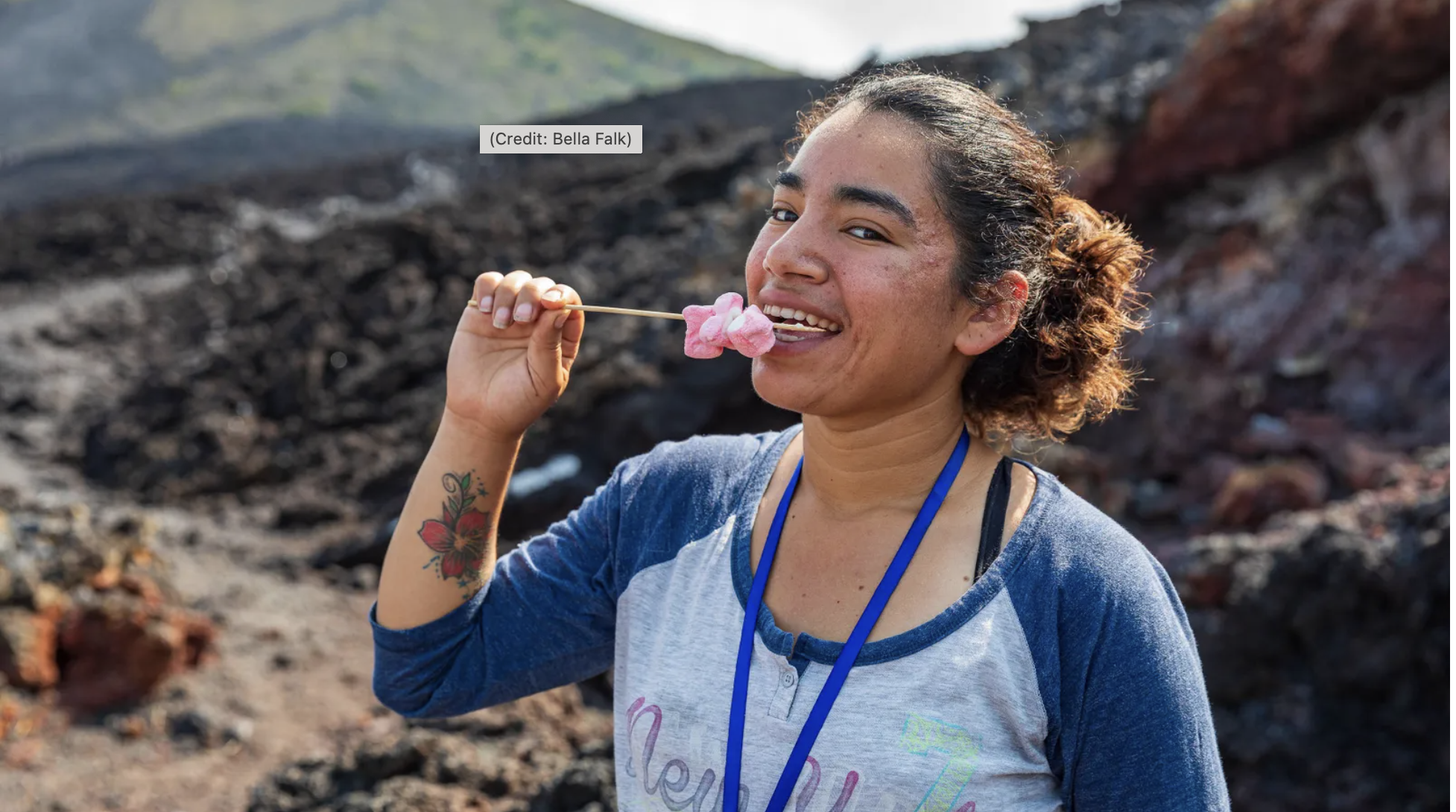Antigua, Guatemala, is a Unesco World Heritage city and the jewel in the country’s crown. Smaller, safer and much less gritty than the capital, Guatemala City, Antigua is renowned for its picturesque streets lined with rainbow-painted colonial buildings, grand historic churches and convents, and a thriving cafe and restaurant scene.

Antigua’s most famous landmark is the canary-yellow Santa Catalina arch, which dates to 1694. It was built to enable the nuns of the closed order of Santa Catalina to cross from their convent to the school on the other side of the street without being seen in public. Today it’s the most photographed monument in the country and an icon of Guatemala.

Antigua’s Central Park is the beating heart of the city. Enclosed on all four sides by elegant colonnades and 18th-Century buildings, it’s a lively square where locals come to meet friends and relax. Here you get a clear sense of Guatemala’s fusion of cultures: Indigenous Maya in traditional dress sit alongside denim-clad Guatemalans of European descent and visitors from around the world.

Until the 18th Century, Antigua, then known as Santiago, was Guatemala’s capital and one of the greatest cities in the Spanish Empire. But the city sits on an active tectonic zone in the vicinity of four volcanoes: Agua, Fuego, Acatenango and Pacaya. In 1773, it was devastated by a major series of earthquakes, so the government decided to move the capital to its current location and the city became known as La Antigua Guatemala (The Old Guatemala).

One of the hardest hit buildings was the magnificent former cathedral. Constructed in 1545, it stood for more than 200 years before being toppled by the earthquake. Today its roof is open to the elements, the collapsed remains of pillars and carvings are piled in the eerie side chapels and pigeons nest in the alcoves.

Now Antigua’s enemies have become its friends: those same volcanoes that wreaked so much damage are major tourist draws. The star attraction is the 3,768m-tall Volcan de Fuego (Volcano of Fire), one of the world’s most active. It has been constantly erupting since 2002, shooting incandescent lava bombs and clouds of ash into the air about every 15-30 minutes.

Visitors who want to witness Earth’s unstoppable power first-hand can hike up Volcan Acatenango, which stands right next to Fuego. Here, local tour companies offer overnight camping, so you can stay up late with a front-row seat to the action as Fuego explodes its red-hot guts into the night sky.



